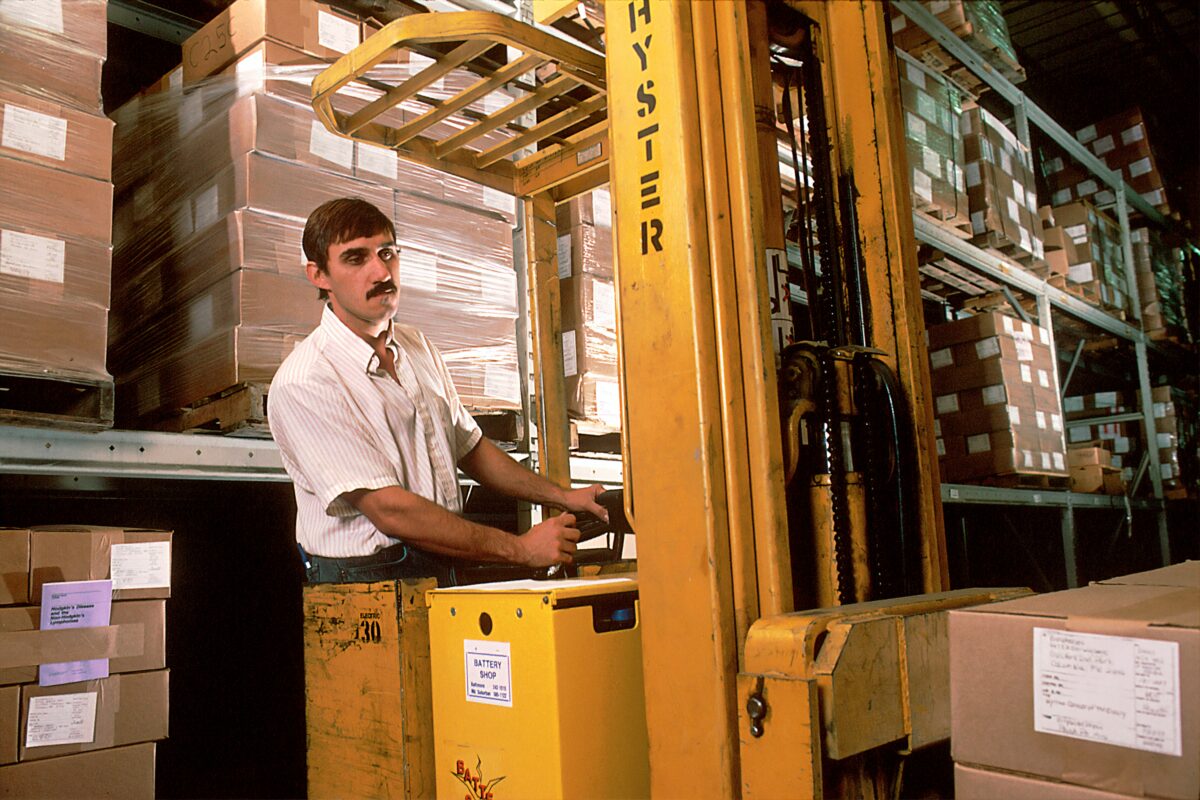Relocation is a significant life event for you but equally impactful for your furry companions. Pets experience relocation in ways that can be surprising to even the most attentive owners. They might not understand the reasons for the change, but they certainly sense disruptions to their routine, which can lead to stress. This applies even more if your animals might not have had travel obedience training. However, with the right strategies, you can make the process less overwhelming for them, whether we’re discussing a shorter move from New Hampshire to Montreal, or long distance, like from Florida to Oregon.
How Pets Experience Relocation: Understanding Their Emotions
Animals are deeply connected to their surroundings. Any sudden change, such as moving homes, can be unsettling. Stress often manifests differently depending on the species and even individual temperament. Dogs might bark excessively or exhibit clingy behavior, while cats tend to hide or refuse food. These reactions are rooted in their instinctive need for stability and familiarity.
It’s important to remember that each animal has its coping method. Dogs may become anxious if their owners seem tense, mirroring their emotions. Cats, being territorial creatures, often struggle more with new environments. Smaller animals like rabbits or hamsters might display stress through eating habits or over-grooming changes. Understanding these behaviors is the first step in helping them adapt, and it will also help you choose the best ways to travel with them.
Preparing Your Pet Before the Move
Getting ready early can significantly reduce the strain of moving for your animals. Start by introducing travel carriers or crates well in advance, especially if your pet isn’t used to them. Place familiar items, such as blankets or toys, inside the carrier to create a sense of security. Regular practice sessions for entering and exiting the carrier can help them feel less intimidated.
Above all, maintaining a consistent routine during packing and planning is critical. Feed them at the same times and continue their regular playtime or walks. A visit to the vet is also a must. Apart from health checks, discuss ways to minimize stress, such as calming products or, in extreme cases, sedatives. The vet might recommend specific remedies for pets prone to motion sickness to ease travel discomfort.
If you plan to hire a specialized company like Michael Brooks Moving, consider discussing your pet’s needs with them. Professional movers can help reduce chaos, ensuring your pet has a quieter environment to retreat to.
Keeping Your Pet Calm on Moving Day
The actual day of the move can be the most stressful part for animals. Create a designated space where they feel safe, away from the noise and movement of the movers. Ideally, this should be a quiet room with their bed, favorite toys, food, and water. Make sure the room is off-limits to movers to avoid accidental escapes.
For those with dogs, taking them for a walk before the activity begins can help burn off nervous energy. Cats and smaller animals are best left in their secured carriers in the designated room. Products like pheromone sprays or anxiety wraps can offer additional comfort.
Long-distance relocations might require stops along the way. Use these breaks to offer bathroom opportunities for dogs, check on other pets’ well-being, and follow specific guidelines, especially when traveling with your pets by car. Remember, the aim is to minimize exposure to new and overwhelming stimuli during this time.
Helping Your Pet Adjust to the New Home
Arriving in a new environment doesn’t mean the stress ends. Introduce them to the space gradually. Start with one room and let them explore at their own pace. This room should include familiar items like their bed and toys to create a connection to the previous home.
For dogs, short walks around the new neighborhood can help them acclimate. Cats may need more time before venturing beyond their initial room. Stick to the routines they know, such as feeding times and exercise, to re-establish a sense of normalcy.
It’s not uncommon for animals to act out as they adjust. Patience is crucial during this period. Keep rewarding positive behavior with treats or affection to reinforce their comfort. As time goes on, you’ll notice the signs of stress easing. This phase reinforces that pets experience relocation as a process that takes time and care.
If you’ve worked with reliable apartment movers, particularly for a long-distance move from the West Coast to New Hampshire, you’ll appreciate the difference that thoughtful planning makes. Companies that understand the logistical challenges of moving with pets can help set you up for success in their new home.
Common Mistakes to Avoid When Relocating with Pets
Mistakes during the move can significantly increase the stress levels of your animal companions. One common error is not preparing them for travel ahead of time. Sudden confinement in a carrier can be traumatic if they’ve never experienced it before. Take the time to familiarize them with these essentials before moving day.
Another issue arises when owners overfeed their pets before traveling. Many animals experience motion sickness, and a full stomach can worsen discomfort. Instead, plan light meals and ensure they have water access.
Failing to secure your pet in a vehicle is another oversight. Proper restraints like dog seat belts or secured carriers for cats are vital for their safety. This not only prevents accidents but also keeps them calmer during transit.
Finally, don’t underestimate the importance of microchips or ID tags. Moving often increases the risk of escape, and ensuring your contact information is up-to-date can help in emergencies.
Wrap-Up
Moving is challenging for every family member, and your pets are no exception. Understanding that pets experience relocation differently allows you to take steps to reduce their stress. From early preparation to helping them settle in their new home, your care makes all the difference.
By being proactive and patient, you can help them navigate the transition with less anxiety. Ultimately, the effort you invest will ensure their happiness and well-being in the new environment.















